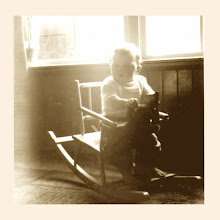
These songs are taken from a film entitled "Faja Lobbi" from Dutch cinematographer Herman van der Horst. The full film/documentary can been seen here. And I can certainly recommend it, if only for the absence of any form of commentary (and that's usually the part that irritates).
Although I had seen this film in the 1970s I was not aware that the title "faja lobi" (or "lobbi") referred to a flower, and that this flower is (or was) the national flower of Suriname, the south-american country which until 1975 was a colony of the Netherlands*. Up to this day the first thing that comes to mind with "faja lobi" is .. well .. plant-related, but not of the flowery kind. I tend to associate "faja lobi" with spicy peanut soup, - of the type that burns a hole in the lining of your stomach and which I used to eat 'con mucho gusto' (until it did...).
There is more.
For the former Dutch record company Philips also released an EP with music of Big Jones and his Kawina Band, i.e. the artist featured in the film.

The second track, "Ala pikin nèngre", is the first song in the video.
I will refrain from making superfluous remarks about the African nature or origins of this music....
Philips 430 711 NE
* It is actually slightly more complicated. Suriname was a colony from around 1667 until 1954, when it became an independent part of the Kingdom of the Netherlands. The last ties were cut on November 25, 1975.
EDIT January 29, 2014: The video has been blocked on YouTube after claims that it infringes on the copyrights, which are apparently owned by TopNotchVOF, which I suspect is the company behind TopNotch music. I would not be surprised if the company had no intention whatsoever to promote or publish any of the works by this artist, - which makes their claim even sadder (the biography of the founder of the company certainly contributes to this sadness ....).




















